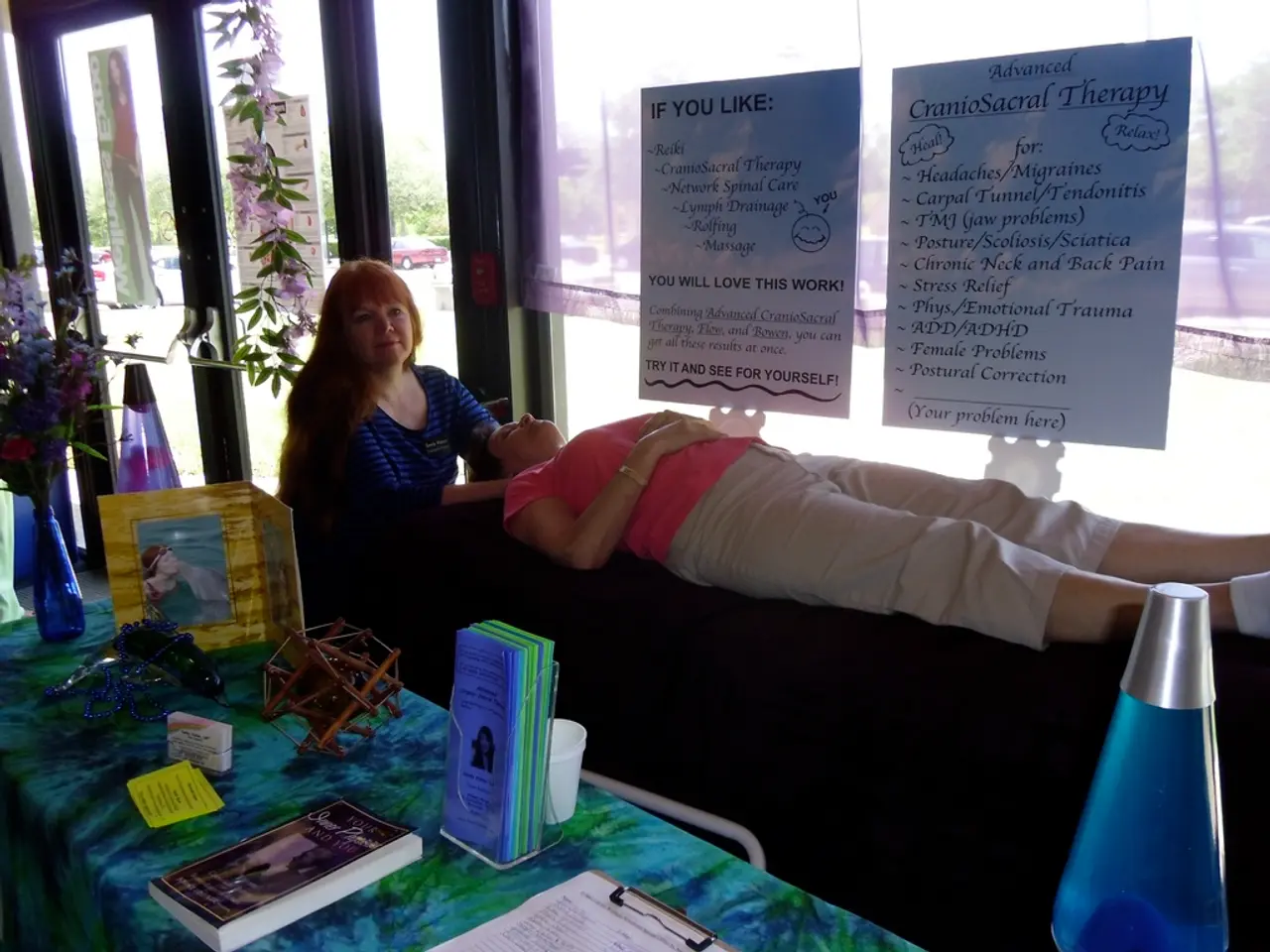Annually, Neuralink plans to perform approximately 20,000 transplants.
Neuralink, the brain-machine interface company founded by Elon Musk, is making significant strides in its research and development. As of July 2025, the company has successfully implanted its N1 Link neural chip in at least nine human participants, with more implants planned for the latter half of the year.
The N1 Link, containing 1,024 electrode channels embedded in ultrathin threads and supporting wireless signal transmission and inductive charging, has shown promising results in restoring independence to paralyzed individuals through cursor control and digital device operation.
Regarding vision enhancement, Neuralink is developing a project called "Blind Sight," which aims to restore sight for people who have lost vision due to damaged optic nerves or have been blind from birth. This involves bypassing damaged optic pathways by directly stimulating the appropriate brain regions.
For Parkinson's disease and other neurological or mental health conditions, Neuralink is planning to expand its applications to include treating mental health disorders such as depression and anxiety, enhancing cognitive processing, and providing sensory feedback. While the current clinical trial participants do not explicitly focus on Parkinson’s treatment, the company's roadmap indicates a future expansion towards broader neurological applications, including Parkinson's.
On the topic of telepathy control or brain-to-brain communication, Elon Musk envisions a future where humans can communicate directly via brain signals without speaking or typing, facilitating "brain-to-brain" interfaces and merging with AI. However, this remains at a conceptual and research stage, with no current clinical trials demonstrating these capabilities yet.
Neuralink's clinical trials started in early 2024 in the US with quadriplegic patients. By mid-2025, the number of participants had increased to nine, including improved surgical techniques to reduce thread detachment problems. The company plans to increase the trial size to 20-30 participants by the end of 2025 and is pursuing regulatory approvals for broader use in the United States and Canada.
Regarding upcoming US clinics, no specific physical clinic locations dedicated to Neuralink procedures have been publicly announced. However, the company is clearly scaling its human trials aggressively in the US and plans further expansion. Implantation procedures have been streamlined enough to perform multiple surgeries in one day, indicating readiness to ramp up patient numbers.
In summary, Neuralink is actively progressing in its clinical trials with a strong focus on safety, implant durability, and wireless technology, while preparing to expand applications including vision restoration, mental health, and advanced neural interfaces over the next few years. The company's development of chips for Parkinson's patients was not previously disclosed.
[1] Neuralink. (2025). Neuralink 2025 Q2 Update. Retrieved from https://www.neuralink.com/update-2025-q2 [2] Neuralink. (2025). Neuralink 2025 Q3 Update. Retrieved from https://www.neuralink.com/update-2025-q3 [3] Neuralink. (2025). Neuralink 2025 Q4 Update. Retrieved from https://www.neuralink.com/update-2025-q4 [4] Neuralink. (2025). Neuralink's Blind Sight Project. Retrieved from https://www.neuralink.com/blind-sight
The Blind Sight Project, a vision enhancement initiative by Neuralink, aims to restore sight to individuals with damaged optic nerves or those who are blind from birth by stimulating specific brain regions. [1]
With the expansion of their applications, Neuralink plans to pursue treatments for mental health disorders such as depression and anxiety, as well as improving cognitive processing and providing sensory feedback, including potential applications for Parkinson's disease. [2] [3] [4]




